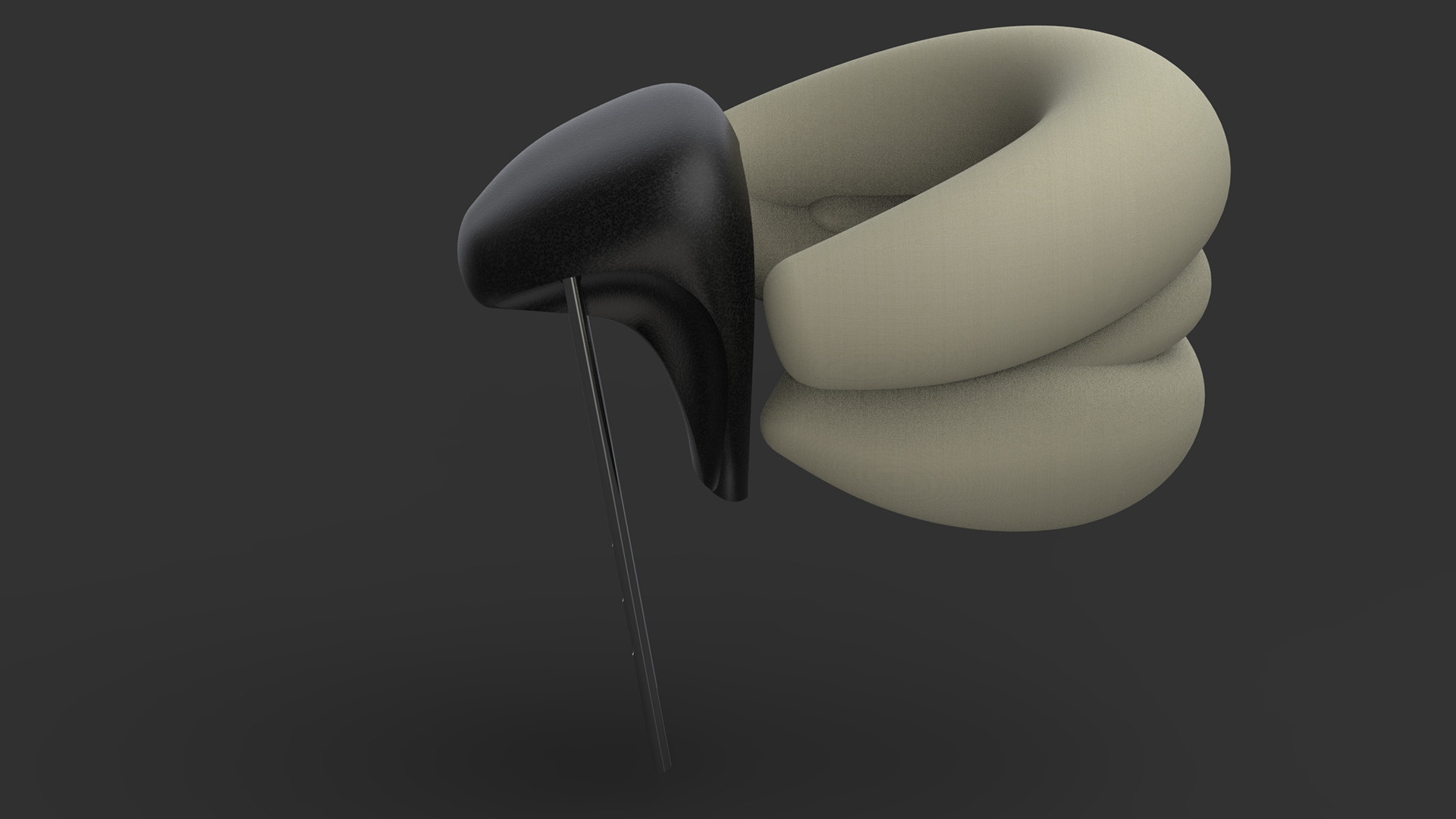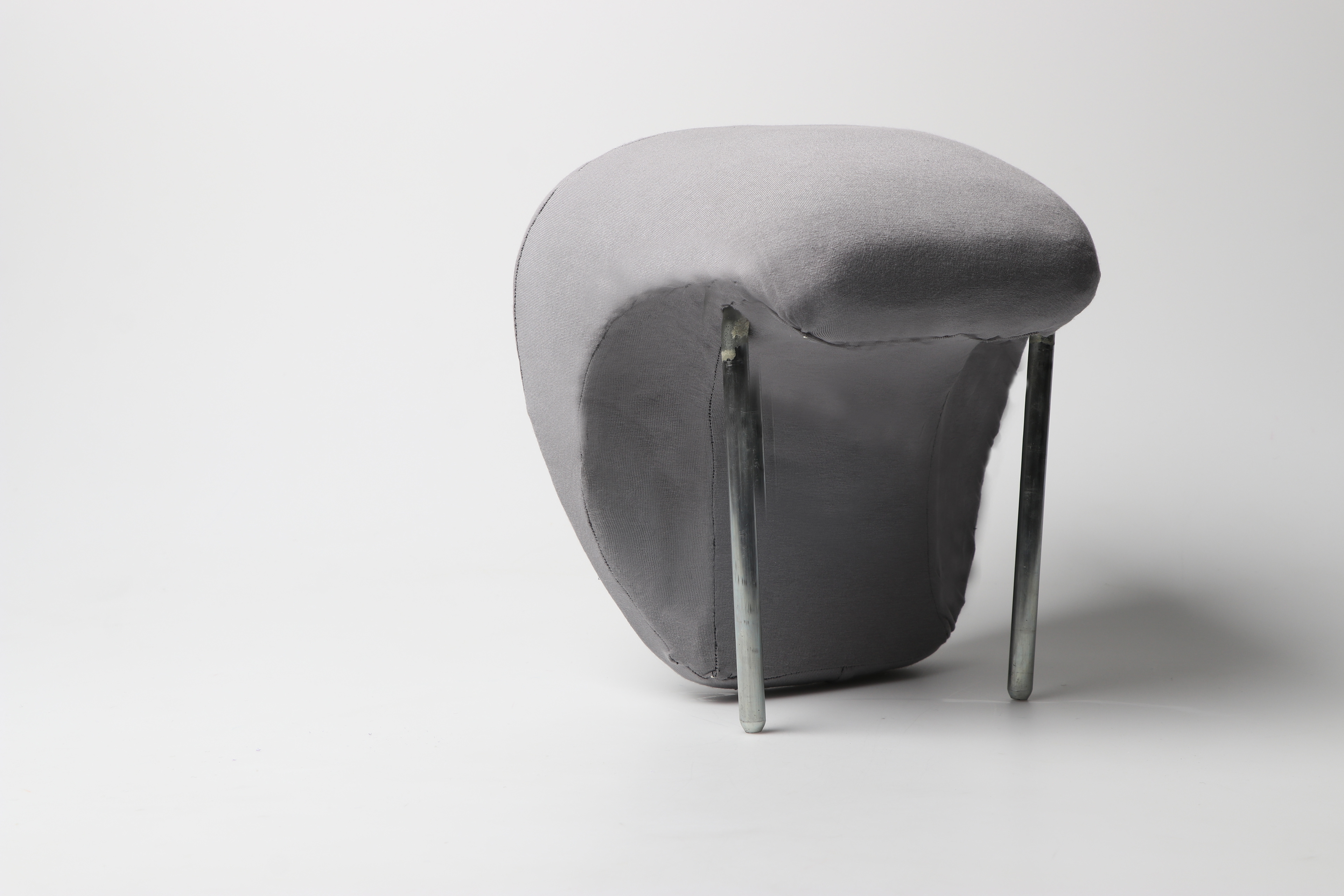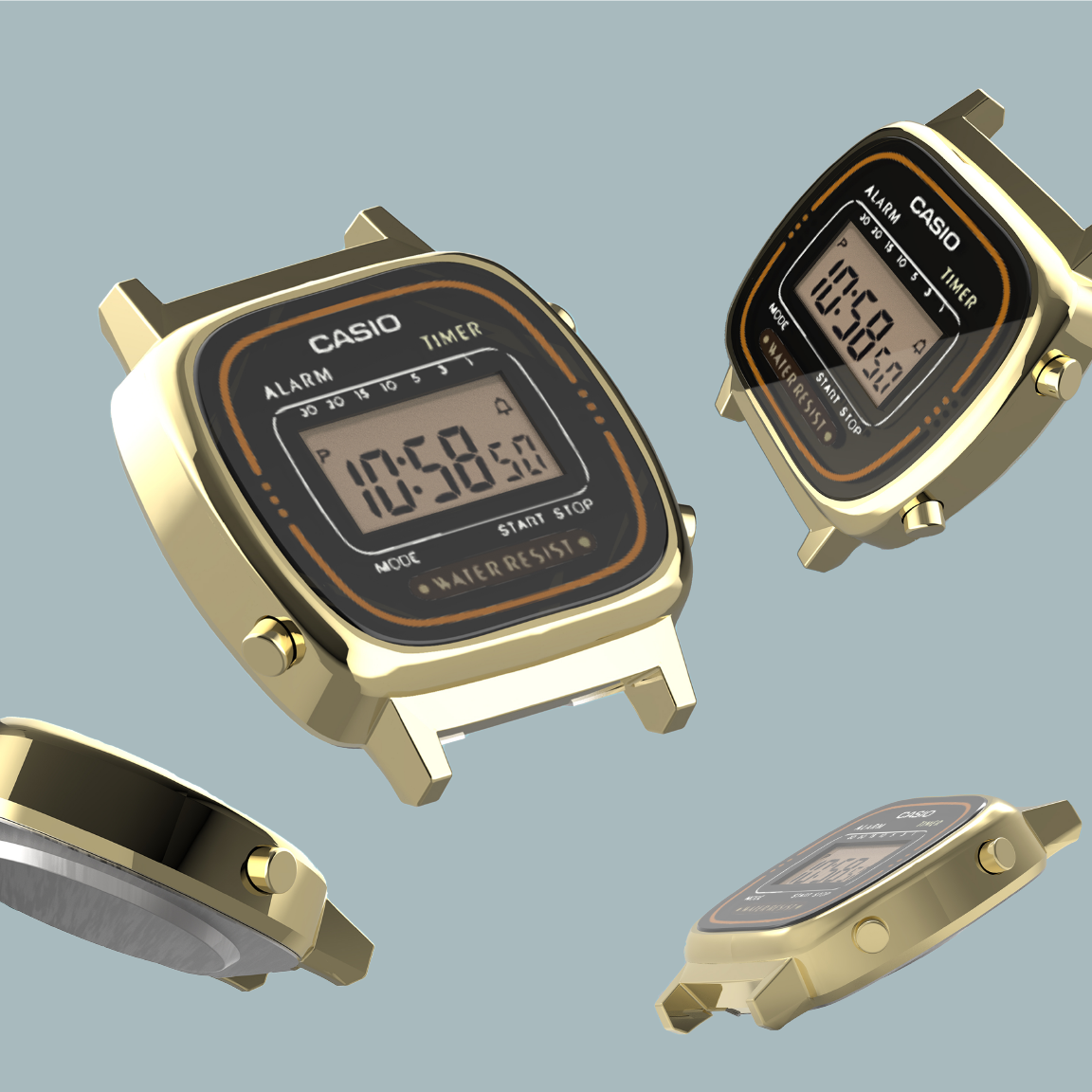An adaptable headrest solution that reduces the risk of whiplash and tackle gender inequality in car safety.
The innovative design is adjustable for various heights and integrates shock-absorbing memory foam and airbag technology.
Why?
By reading the book "Invisible Women" by Caroline Criado Perez, we learned that women are significantly less safe when it comes to car safety, as it's not a requirement to test safety with crash test dummies representing an average woman. We investigated where the gender safety gap is most pronounced: whiplash. This is due to women's weaker neck muscles and the lack of testing regulations and adjustability options for headrests.
Because of this inequality in car safety, individuals falling outside the measurements of the the average male are more vulnerable. For instance, women face a 60-140% increased risk of whiplash injuries in rear-end collisions compared to men.
Focus on Car Safety Inequality
Our concept highlights a critical issue, and with it we are aiming to apply pressure on the industry and testing institutions like Euro NCAP, while also contributing to more diversity within the car testing sector. This is a need that hasn't been addressed yet, and it's essential that we obtain gender-segregated data concerning car safety. Our concept strives to embrace a wider range of sizes and biological genders. Designed in collaboration with Simone Kirk. We have created an innovative design that addresses UN World Goal 5, promoting gender equality.
By reading the book "Invisible Women" by Caroline Criado Perez, we learned that women are significantly less safe when it comes to car safety, as it's not a requirement to test safety with crash test dummies representing an average woman. We investigated where the gender safety gap is most pronounced: whiplash. This is due to women's weaker neck muscles and the lack of testing regulations and adjustability options for headrests.
Because of this inequality in car safety, individuals falling outside the measurements of the the average male are more vulnerable. For instance, women face a 60-140% increased risk of whiplash injuries in rear-end collisions compared to men.
Focus on Car Safety Inequality
Our concept highlights a critical issue, and with it we are aiming to apply pressure on the industry and testing institutions like Euro NCAP, while also contributing to more diversity within the car testing sector. This is a need that hasn't been addressed yet, and it's essential that we obtain gender-segregated data concerning car safety. Our concept strives to embrace a wider range of sizes and biological genders. Designed in collaboration with Simone Kirk. We have created an innovative design that addresses UN World Goal 5, promoting gender equality.
Our Design Solution:
Our headrest design features extended rods, enabling adjustment to heights ranging from 135 cm to 200 cm, making it suitable for children as well as taller individuals. During rear-end collisions, shock-absorbing memory foam helps decrease the speed of the passenger's head movement, while airbag technology prevents the head from jerking back and forth (a common cause of whiplash). The shape of the headrest encourages proper adjustment while providing an enhanced grip surface.
Our headrest design features extended rods, enabling adjustment to heights ranging from 135 cm to 200 cm, making it suitable for children as well as taller individuals. During rear-end collisions, shock-absorbing memory foam helps decrease the speed of the passenger's head movement, while airbag technology prevents the head from jerking back and forth (a common cause of whiplash). The shape of the headrest encourages proper adjustment while providing an enhanced grip surface.
Airbag technology

fra siden

airbag fra siden

Forfra

airbag forfra
Prototype



fase 1 - interviews and testing
A significant part of this project revolved around research. We needed to comprehend whiplash, car safety, car seats, headrests, airbags, and much more. We conducted interviews with professionals from various fields related to our project. Our aim was to design a headrest that could be correctly installed for all individuals. Furthermore, we acquired a car seat to understand the construction of a headrest and measure the height of different individuals in relation to the headrest.
Professionals we interviewed:
Individuals living with whiplash consequences
A former car designer
A physiotherapist with a PhD in whiplash
Two companies producing foam materials for cushions, etc.
Kolding recycling center
Automotive editor, FDM
Individuals living with whiplash consequences
A former car designer
A physiotherapist with a PhD in whiplash
Two companies producing foam materials for cushions, etc.
Kolding recycling center
Automotive editor, FDM
Shock Absorption Testing:
We learned from our research phase that having a headrest that could be correctly installed wouldn't be sufficient. Thus, we experimented with materials' shock-absorbing capabilities and studied the "Hövding" bicycle helmet to gain inspiration on how to design a headrest that would decelerate head movement, preventing it from jerking forward and backward and causing whiplash.
We learned from our research phase that having a headrest that could be correctly installed wouldn't be sufficient. Thus, we experimented with materials' shock-absorbing capabilities and studied the "Hövding" bicycle helmet to gain inspiration on how to design a headrest that would decelerate head movement, preventing it from jerking forward and backward and causing whiplash.
fase 2 - more research and analysis
Height Differences and Headrest Placement
On a car seat that we found at a scrapyard, we tested the significant variations in height and body structure. It was evident that individuals under 180 cm (depending on their body structure) wouldn't be able to adjust the headrest properly.
On a car seat that we found at a scrapyard, we tested the significant variations in height and body structure. It was evident that individuals under 180 cm (depending on their body structure) wouldn't be able to adjust the headrest properly.
Study of Headrests
What existing headrests are available and can they be adjusted correctly to provide optimal protection for individuals under 180 cm?
What existing headrests are available and can they be adjusted correctly to provide optimal protection for individuals under 180 cm?
fase 3 - sketching
We wanted to explore the appearance and shape of the headrest, yet ultimately settled on a more streamlined design that could accommodate airbag technology and match the aesthetics of many contemporary vehicles.
We explored the design language by sketching various profiles and front views of headrests and experimenting with different combinations.
4 - digital mockups in rhino
We chose the design seen below on the left side, making some modifications along the way. We removed the central cutout as we were concerned about its potential negative impact on functionality and the available space for airbag technology.
Product performance









